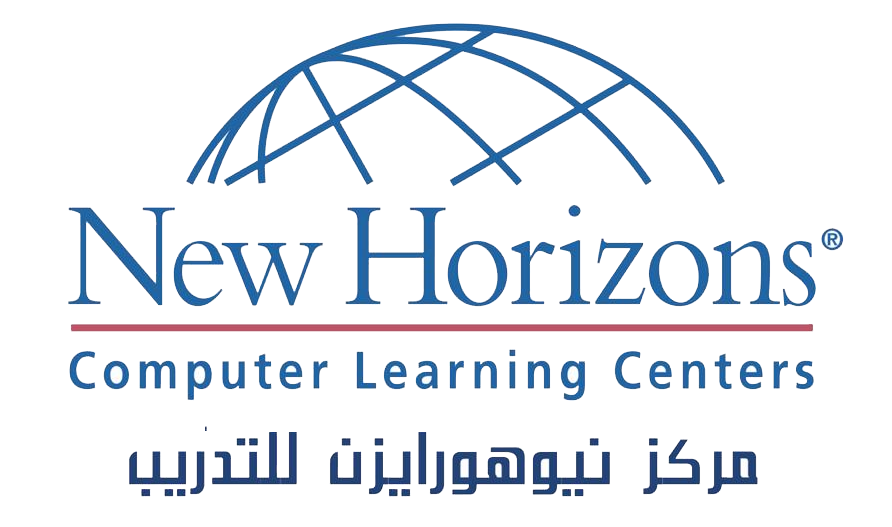11.0 Heating and cooling system (Installation and maintenance)
HVAC Systems Design
- Sources of heat load
- Using the equation of each heat load for analysis and possible reduction in the heat load
- Air treatment and human comfort
- Evaluating and studying the outside and inside design conditions to meet the human comfort
- Daily and monthly heat load profiles, how they affect the heat load
- Selecting the type of AC system
Piping System for Chilled Water Applications
- Velocity/friction loss VS initial and running cost. How to decide which way to go
- Closed or open type systems. (Advantages and dis-advantages of each type)
- Pressure breakers and the need for high rise buildings
- Expansion and contracting of the piping circuits and the selection of expansion joints, pressurized expansion & make up tanks
- Refrigerants and their effect on AC systems selection and the environment
Heat Transfer and Selecting the Right AC System
- How cooling towers work for centralized water-cooled systems
- Thermal storage
- Types of thermal storage systems
- Air cooled systems Load shifting (partial and full), daily and weekly, case study with calculations and comparison of C.O.P
- Ventilation, infiltration, ex-filtration. How to minimize their heat loads
- Factors used to select the right AC system
HVAC Operation
- System components
- System start-up preparation
- System running conditions
- Systems sequence of operation
- System monitoring
- System partially stopping
- System shutdown
HVAC Maintenance
- Scheduled preventive maintenance routines
- Daily log sheets and the monitored items and logged records
- Utilizing records history for improvement of systems reliability
- Hand over package and its importance for proper maintenance
- Training of hands on staff for better understanding of the systems to reduce down time and operational cost
- Operation and maintenance case studies
- Open discussions including any specific related cases from attendees
